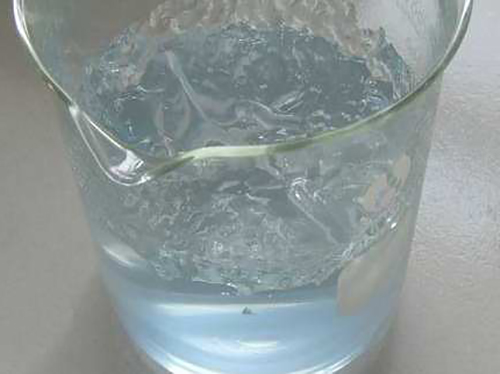Polymeric Aluminum Chloride (PAC) - Properties, Applications, and pH Levels
Understanding the pH of Polyaluminium Chloride
Polyaluminium chloride (PAC) is a widely used coagulant in water treatment processes. Its effectiveness in removing suspended solids and impurities makes it a preferred choice in municipal water treatment plants, wastewater facilities, and even in various industrial applications. One of the critical factors influencing the performance of PAC is its pH, which affects both the coagulation process and the overall efficiency of water purification.
What is Polyaluminium Chloride?
Polyaluminium chloride is a polymeric composition of aluminium salts, commonly found in aqueous solutions. It is characterized by its ability to agglomerate fine particles, precipitating them out of the water. This property is particularly important in clarifying drinking water and treating wastewater, as it improves the removal of contaminants such as colloids, organic matter, and microorganisms.
The Role of pH in PAC Efficiency
The pH of the water being treated plays a significant role in the performance of PAC. Each coagulant has an optimal pH range in which it operates most effectively. The pH can influence the charge of the particles being removed, the solubility of aluminium species, and the overall reaction kinetics involved in coagulation. Typically, PAC is most effective at a pH range of approximately 6 to 8.
polyaluminium chloride ph

At lower pH levels (below 6), aluminium ions can become more soluble, but the coagulant may work less effectively to neutralize the charge of negatively charged particles. As the pH increases beyond the optimal range (above 8), the solubility of aluminium diminishes, leading to the formation of insoluble aluminium hydroxides. While some precipitation is beneficial, excessive precipitation can lead to an increase in residual aluminium in treated water, which may have health implications.
Adjusting pH in Water Treatment
Monitoring and adjusting the pH during water treatment processes is crucial for optimizing the performance of PAC. In many cases, chemicals such as sodium hydroxide or sulfuric acid are added to raise or lower the pH, respectively. The goal is to maintain the pH within the optimal range to maximize the coagulation efficiency of PAC.
Additionally, continuous monitoring of pH is essential not only for the effectiveness of PAC but also for ensuring compliance with health and safety regulations. Water treatment facilities must adhere to strict guidelines regarding the levels of aluminium in drinking water. Therefore, adjusting the pH can help in controlling residuals post-treatment.
Conclusion
Understanding the relationship between the pH of water and the performance of polyaluminium chloride is critical for effective water treatment. The optimal pH range enhances the coagulation process, ensuring that suspended solids and impurities are effectively removed from the water, thereby producing safe and clean drinking water. As water treatment technologies evolve, the management of pH will remain a vital aspect to ensure the efficiency and safety of coagulation processes utilizing PAC. Given its extensive usage, continual research into the interaction between pH and PAC continues to be essential for improving water quality and treatment methodologies. By maintaining an optimal pH, water treatment facilities can harness the full potential of polyaluminium chloride, contributing significantly to public health and environmental sustainability.
-
Water Treatment with Flocculant Water TreatmentNewsJun.12,2025
-
Polymaleic AnhydrideNewsJun.12,2025
-
Polyaspartic AcidNewsJun.12,2025
-
Enhance Industrial Processes with IsothiazolinonesNewsJun.12,2025
-
Enhance Industrial Processes with PBTCA SolutionsNewsJun.12,2025
-
Dodecyldimethylbenzylammonium Chloride SolutionsNewsJun.12,2025





